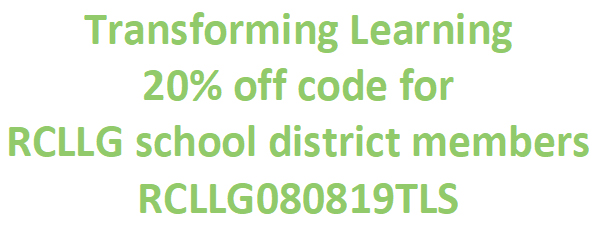This project is a finalist for the 2021 Golden GOVIT Awards in the Service category. This project was completed by Hennepin County and nominated by Victoria Wicks.
Hennepin County (HC) needed a tool to tell the story of the Coordinated Entry System (CES) which matches housing opportunities with people experiencing homelessness and to evaluate whether they were doing so efficiently while also providing equitable service. The CES Team wanted to create a data driven evaluation and response, with a focus on identifying and addressing disparities. A primary goal of CES is to provide a system where people experiencing homelessness move quickly through the homeless response system and into permanent housing. The tools that were available did not tell us whether we were succeeding. There were many data sources that told pieces of the story, but no way to look at them together. We needed a comprehensive look and the ability to slice the information in a variety of ways to see deeper and identify patterns and gaps in how service was being provided, or not.
The partnership between the Business Intelligence (BI) and CES teams resulted in a beautiful and flexible dashboard series that could be used to look at the system as a whole or any combination of pieces, depending on the need.
To make this happen, the CES Team identified the questions they wanted to be able to answer. They then met with an IT Business Analyst (BA) to help them refine those questions, identify available data sources, and mock-up possible visual representations of that information. The BA then worked closely with the BI Team to create the logic that would appropriately interpret the data, clean the data, and design the dashboard reports. The BI Team created the processes to extract, transform, and load the data from 25 csv files into Microsoft SQL Database. The visualization layer was accomplished through Power BI Desktop and made available to stakeholders via Power BI dashboards.
With dashboards in hand, the CES Team identified pain points in the system. They provided evidence that Black/African American households were disproportionately being referred to shorter-term housing interventions. They also showed that a high percentage of referrals were being rejected which meant that households continued to cycle through the system without obtaining housing. Using an additional set of dashboards allowing for provider level detail, the CES Team is now armed with information to aid in concrete conversations with providers about their performance. This makes it easier to collaborate with partners to improve performance, as well as make decisions about program funding.
These dashboards have increased the ability to evaluate the data needed to push the CES system to make changes that will lead to a more efficient and equitable distribution of homeless dedicated resources. The CES team is already working to develop methods to better collect and respond to what people experiencing homelessness believe will best work for them to move from homelessness to housing. Continuing to have these dashboard reports available means Hennepin County can evaluate the changes being made to the CES system to see if the desired outcomes of increased efficiency and equity are occurring.














